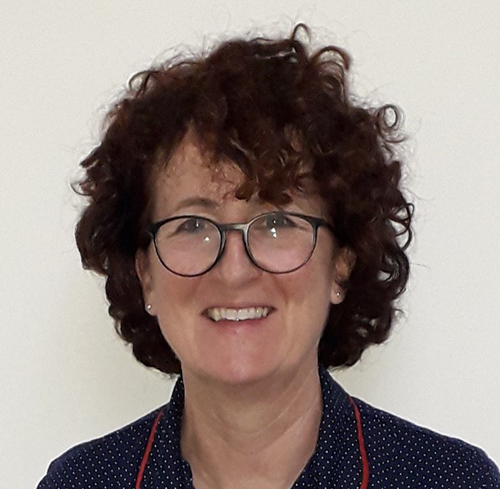Elaine Flaherty

Elaine has over 20 years’ experience working as a Tissue Viability nurse in the community setting.
She is currently the clinical lead for Tissue Viability in Barking& Dagenham within NELFT where she has worked for 12 years.
Elaine manages the growing nurse led leg ulcer service and has a passion for all aspects of wound care.
Free Paper and Poster Presentation (Research category) at The Society of Tissue Viability 2023 Conference
Quality Improvement through dressings optimisation
Abstract
Background – Data from 2017/18 shows 3.8m people in the UK have a wound requiring NHS management – that is 7% of adults and a 71% increase from 2012/2013. The annual cost to the NHS is £8.3 billion – an increase of 48% in that time.*
In response to the increasing amount spent on dressings prescriptions, we developed a Dressing Optimisation Scheme (DOS) off-prescription ordering platform. This system reduces the cost of dressings and delivers them to a designated point within 48 hours – improving health outcomes by delivering the right dressings at the right time.
When dressings are ordered on prescription they belong to the patient and waste can be vast with frequent changes of dressing choice or dressings stockpiled in patients’ homes. Using DOS prevents this.
Methods – In an area of North East London, DOS via the ordering platform saved over £500k since 2021. Insights from prescription and DOS enable clinicians to tweak ordering behaviours, and amend formulary products which reduces costs by 20%.
We collaborated closely with stakeholders including Meds Management, procurement, TVNs, district, community and practice nurses. It was key TVNs knew they retained choice in their formulary and understood the benefits. They could still request off formulary products which go through DOS to create savings.
Analysis of spend through DOS and prescription flags potential problems (overuse of antimicrobials or under use of compression) and adherence to formulary.
Results – Between April 2021 and January 2023, BHR saved £500,000+ on dressings (£370,000 in 2021/22; £200,000 forecast in 2022/23) vs spend on dressings pre-scheme. Spend per head of population went from £4.14 to £3.75. The reduction in annual spend is sustainable, despite inflation and population increases. Savings can be reinvested in equipment, staffing or service transformation.
Conclusions – Admin time has been saved for prescribers and GPs, improved formulary compliance and the savings saw us purchase a stock of Negative Wound Pressure Pumps PWT, which speeds up patient discharge from hospital. Previously TVNs had to rent or borrow a pump.
As well as savings, TVNs deepen their understanding of ordering behaviours so variation across the patch can be reduced.














